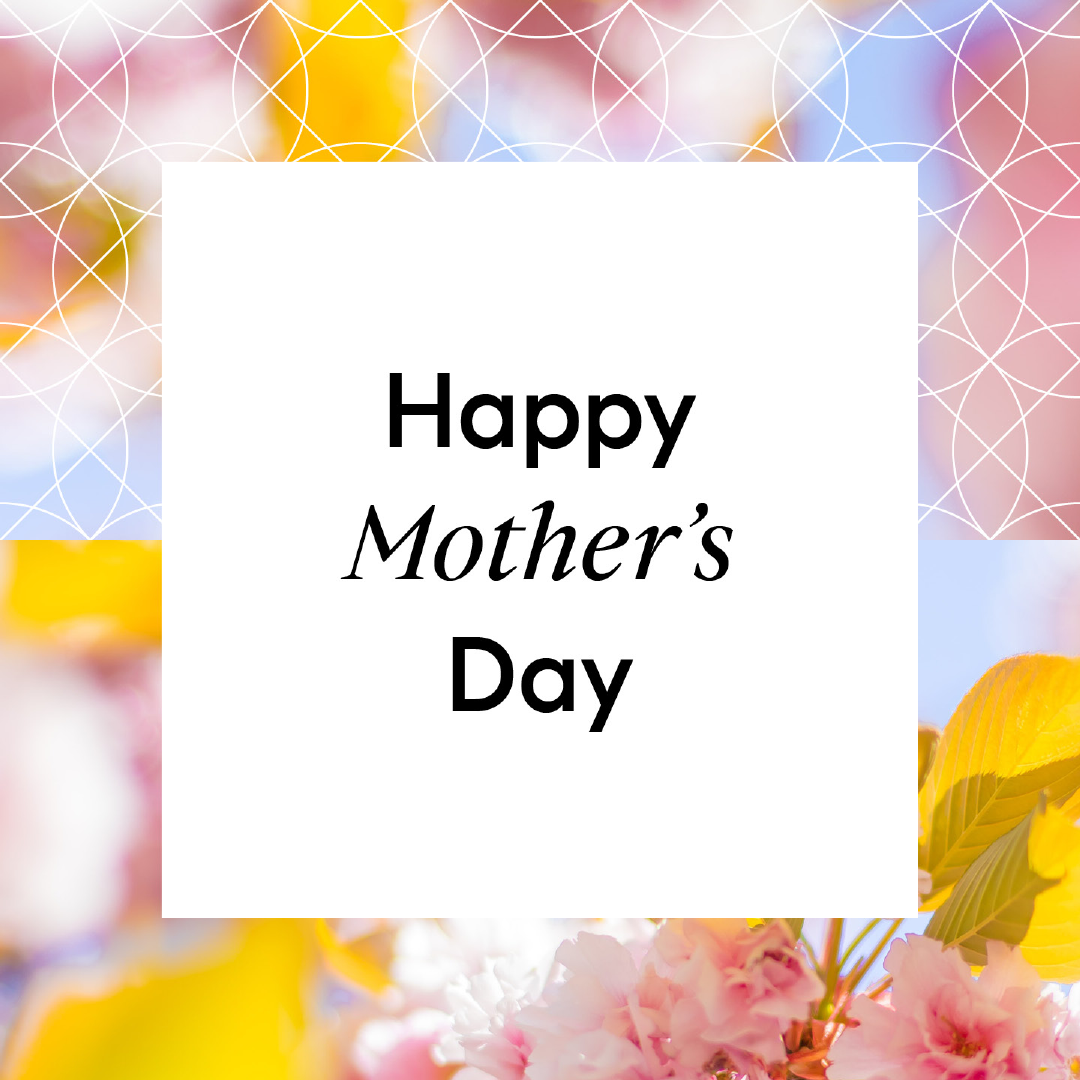As part of the New York Forward program, New York City moved to Phase 2 on June 22nd, 2020. As part of Phase 2, limited in-person real estate activity resumed. In light of the evolving situation around COVID-19, we are taking precautions to ensure the safety of our clients, prospective buyers, and team.
You should always be guided by your own sense of personal safety and know that we have the tools and resources to power transactions 100% virtually. However, know that when you view a property in-person with our team, we are taking the following safety measures and adhering to State and Local government guidelines.
Setting up Private Showings
Prior to a showing, we will work with Buyers to ensure that they are financially qualified to view the property and that they have also virtually explored the home via photos and 3D tours available online.
Once interest is confirmed, we will work with the listing agent to schedule a private showing. We will ensure we are organizing the showing in compliance with the respective building and management guidelines.
In light of COVID, the following paperwork will be completed:
REBNY’s Health Questionnaire: screening questionnaires to ensure those entering a home are not a known risk for possibly having COVID
REBNY Limitation of Liability: this form serves to acknowledge that the party entering a property, or who is permitting another to enter party to enter a property of the potential liability that may result from exposure to COVID
We also strictly follow the New York Department of State Fair Housing Disclosure guidelines
*Sellers are NOT allowed to be at the property at the time of showing
Getting Your Home Ready to Show
Prior to allowing prospective Buyers or Renters into your home, we follow best practices to ensure hygiene and reduce contact during the showing as possible.
Before showings of our listings, we ensure:
All inside doors are open to reduce the amount of contact on high touch surfaces such as door knobs. We sanitize and wipe down door handles before and after each showing
Sanitizer/Soap/Paper Towels available
We wear gloves and face masks at all time. Face coverings are necessary for all those entering the property during the showing
Curtains open, windows open where possible, and air conditioning units on to increase air flow and circulation
Ensuring Success During a Private Showing
In-person attendees limited to Seller’s Agent and Buyer with the Buyer’s agent attending virtually
Six feet social distance maintained at all times throughout the showing. Note that if a property size or configuration does not allow for social distancing, only 1 individual will be permitted in the unit at a time
Only Seller’s Agents will open doors that are needed, cabinets, etc.
Seller’s Agent will escort the Buyer to the lobby prior to the arrival of any subsequent appointment
After a Showing
After each showing we conduct for our listings, we once again clean and sanitize
Clean and disinfect keys
dispose of gloves/booties used
After a successful showing and cleaning of the unit, all necessary follow up will be handled with prospective buyers or their agents via phone and email.
Evolving Guidelines
As the situation surrounding COVID-19 is ever evolving, we continue to stay up to date on the latest guidelines issues by Federal, State, and Local Governments and Agencies. We will continue to keep our network updated on the latest guidelines.














































